How to Repair Your Dryer

A broken dryer can be frustrating, especially when you’re left with damp clothes and no time to spare.
But before calling a repair technician, take a deep breath — many dryer problems can be fixed at home with a little patience and the right tools.
In most cases, you can save time and money by tackling small issues yourself. This guide will help you understand how to repair your dryer safely and confidently.
Make Home Repairs a Breeze with These Reliable Tools!
- [Toolbox Included] - Includes 1-Drawer storage box with...
- [High Quality Material] - Made of high-quality steel and...
- [Muti-purpose Tools Kit] - 325Pcs tools set for most small...
- Material: Made of quality steel, sturdy construction,...
- Function: Specifically designed to clamp the square bolt...
- Angled Head: Angled plier head is easier to clamp terminal...
- 1:The laser level meter is equipped with 2 batteries,...
- 2: The laser level instrument has an automatic leveling...
- 3: To use the slash mode, please hold down the middle button...
Understanding How a Dryer Works
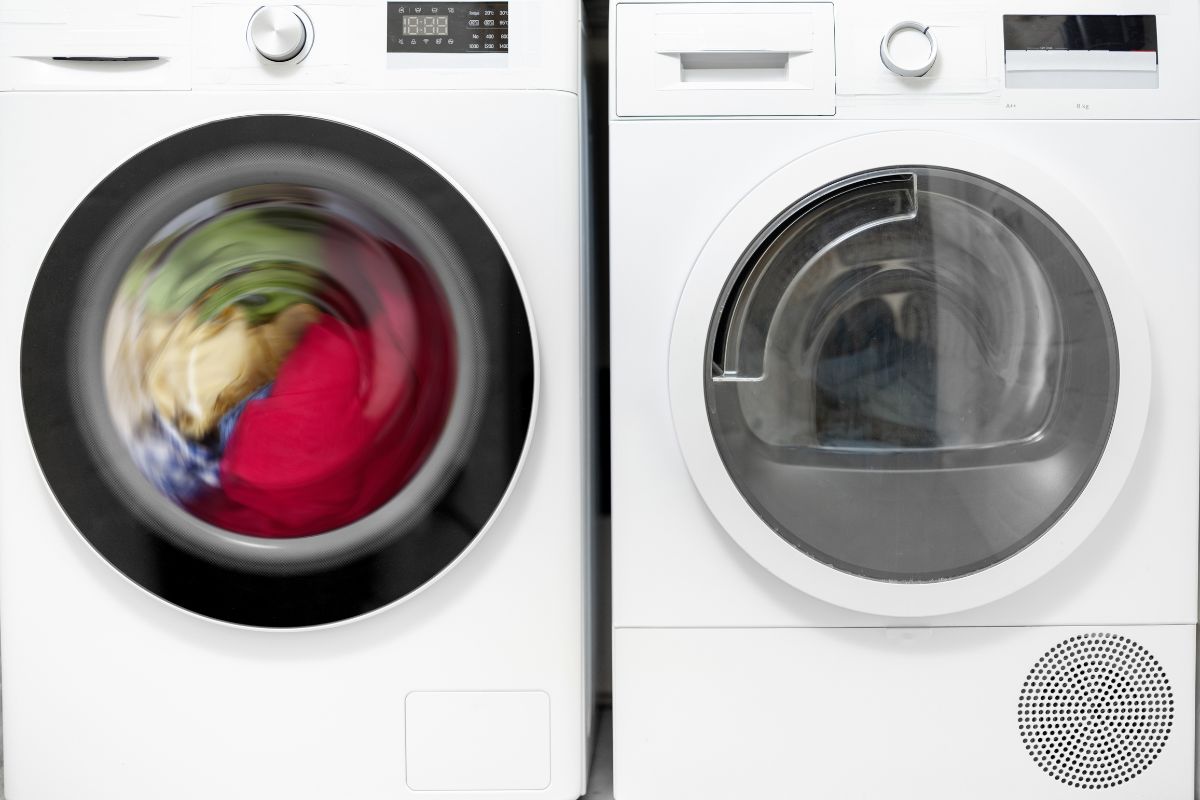 Knowing the basics of how your dryer operates makes troubleshooting much easier. Essentially, a dryer performs three main tasks:
Knowing the basics of how your dryer operates makes troubleshooting much easier. Essentially, a dryer performs three main tasks:
Heats the air using an electric element or gas burner.
Tumbles your clothes so they dry evenly.
Vents out moisture through an exhaust system.
When any of these processes fail, the dryer won’t work properly. For instance, poor ventilation might cause your clothes to stay damp, while a broken heating element means the air won’t get warm enough to dry anything at all.
Safety First: Unplug Before You Begin
Before inspecting or repairing your dryer, always prioritize safety. Dryers use high-voltage electricity (about 240 volts), which can be dangerous if handled carelessly.
Follow these steps to stay safe:
Unplug the dryer or switch off the circuit breaker.
Avoid touching metal parts while the machine is connected.
Work in a dry, well-lit area.
Use insulated tools whenever possible.
A safe setup ensures that your repair process is smooth and risk-free.
 Common Dryer Problems and How to Fix Them
Common Dryer Problems and How to Fix Them
Let’s look at some of the most frequent issues people encounter and how to solve them.
1. The Dryer Won’t Heat
If your dryer runs but doesn’t produce heat, try these fixes:
Clean the lint filter and vent hose. A clogged vent restricts airflow and prevents proper heating.
Check your settings. Make sure you’re not using an air-dry or cool cycle by mistake.
Inspect the circuit breaker. Some dryers use two breakers — one for the motor and another for heat. Reset both if needed.
Test the heating element with a multimeter. If there’s no continuity, it’s likely burned out and needs replacement.
Examine the thermal fuse. If it’s blown, replace it after ensuring your vent system isn’t blocked.
These simple checks often solve most dryer heating problems.
2. The Dryer Won’t Start
When your dryer won’t start at all, it can be due to something simple:
Verify the power supply. Try another outlet or check for a tripped breaker.
Inspect the door switch. If it’s faulty, the dryer won’t register that the door is closed.
Examine the start button and timer. Both can wear out over time and stop working properly.
Test the thermal fuse. Again, a blown fuse can prevent the machine from starting altogether.
Fixing a non-starting dryer is often easier than it seems once you narrow down the cause.
 3. The Dryer Takes Too Long to Dry
3. The Dryer Takes Too Long to Dry
When clothes stay damp after a full cycle, the issue usually lies in airflow.
Clean the vent and exhaust duct. Lint buildup restricts air circulation, slowing the drying process.
Check the moisture sensor. Dirt or fabric softener residue can make it read incorrectly.
Avoid overloading the dryer. Too many clothes prevent heat from circulating properly.
Ensure the vent flap outside your home opens freely.
Proper maintenance of your dryer vent system improves both drying efficiency and safety.
4. The Dryer Is Noisy or Vibrating
Strange sounds are often signs of worn parts. The type of noise gives a clue:
Squealing or screeching: Worn drum bearings or idler pulley.
Thumping: Flat spots on drum rollers after long inactivity.
Rattling: Loose screws or coins trapped inside.
Grinding: Metal parts rubbing together due to worn slides or guides.
Unplug the dryer, remove the back or front panel, and inspect the moving parts. Replacing worn rollers, bearings, or the belt can restore quiet operation.
 5. The Drum Doesn’t Spin
5. The Drum Doesn’t Spin
If the dryer hums but the drum stays still, it’s often a broken drive belt. To replace it:
Unplug the dryer and open the top or front panel.
Release tension on the idler pulley.
Remove the old belt and install the new one with the textured side facing the drum.
Reattach the panels and plug the dryer back in.
A new belt is inexpensive and can make your dryer feel brand new again.
Keeping Your Dryer Running Efficiently
Repairing is only part of the equation — good maintenance prevents future issues.
Follow these easy tips:
Clean the lint filter after every load.
Vacuum the vent line every few months.
Check for lint buildup inside the dryer cabinet once a year.
Avoid overloading; it strains the motor and extends drying time.
Make sure the dryer sits on a level surface to prevent vibration.
Regular care extends the life of your appliance and keeps it running safely.
 Bring Your Dryer Back to Life
Bring Your Dryer Back to Life
Fixing your own dryer doesn’t have to be intimidating. With a few tools, patience, and a basic understanding of how it works, you can handle most common problems yourself.
Not only will you save money, but you’ll also gain the satisfaction of knowing you fixed it with your own hands.
Remember, small maintenance tasks go a long way toward keeping your dryer in top condition for years to come.
If after troubleshooting your machine still won’t work, then it may be time to call a professional — but now you’ll know exactly what’s going on under the hood.
We hope you enjoy watching this video about Things to check when your dryer won't turn on or start

Source: AdamDIY
Did you find this post useful or inspiring? Save THIS PIN to your HOME Board on Pinterest! 😊

Once again, thank you for visiting our website!
We hope you've enjoyed exploring the content we've created for you.
Give yourself the chance to learn, get inspired, and have even more fun, keep browsing...

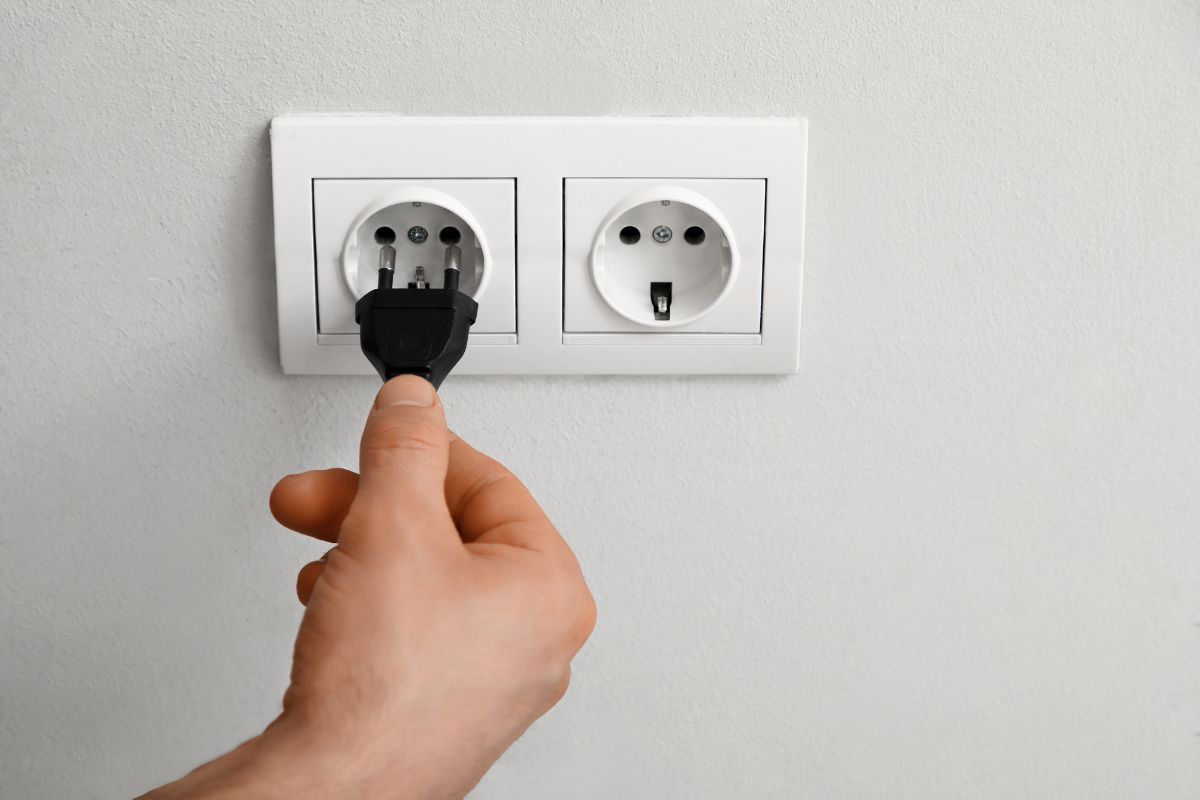 Common Dryer Problems and How to Fix Them
Common Dryer Problems and How to Fix Them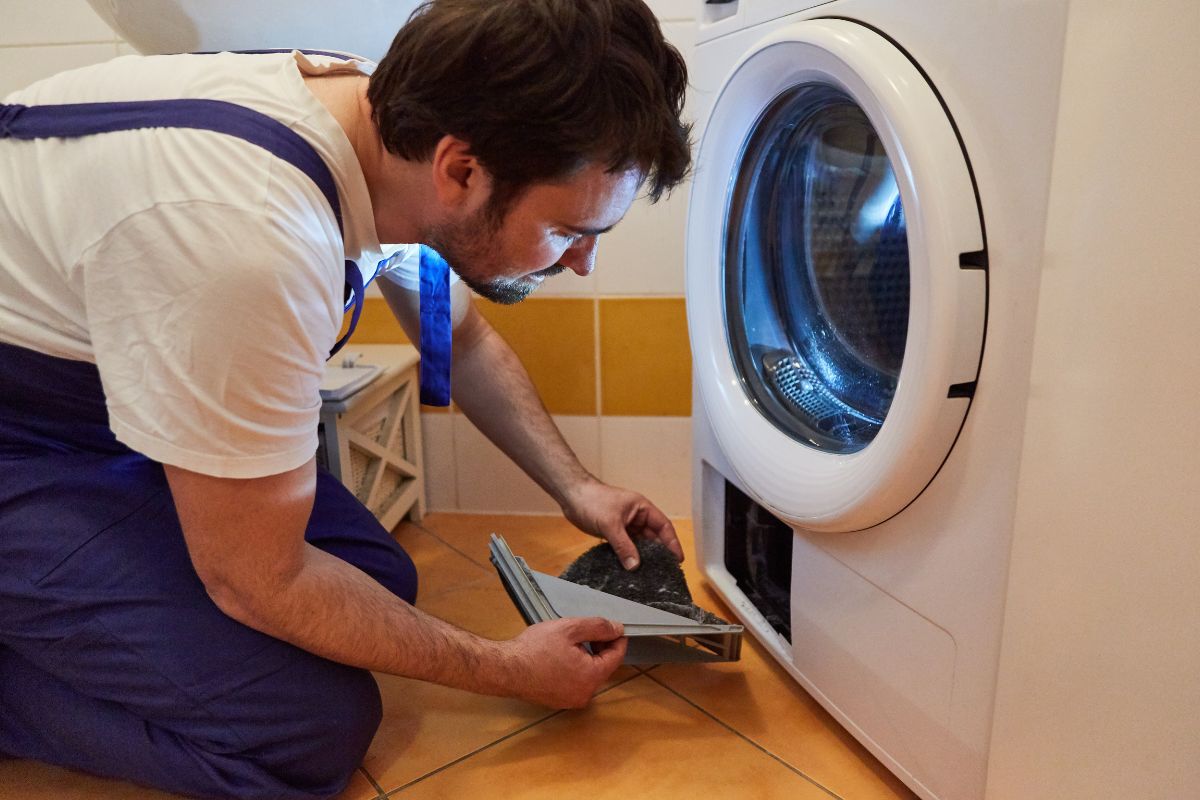 3. The Dryer Takes Too Long to Dry
3. The Dryer Takes Too Long to Dry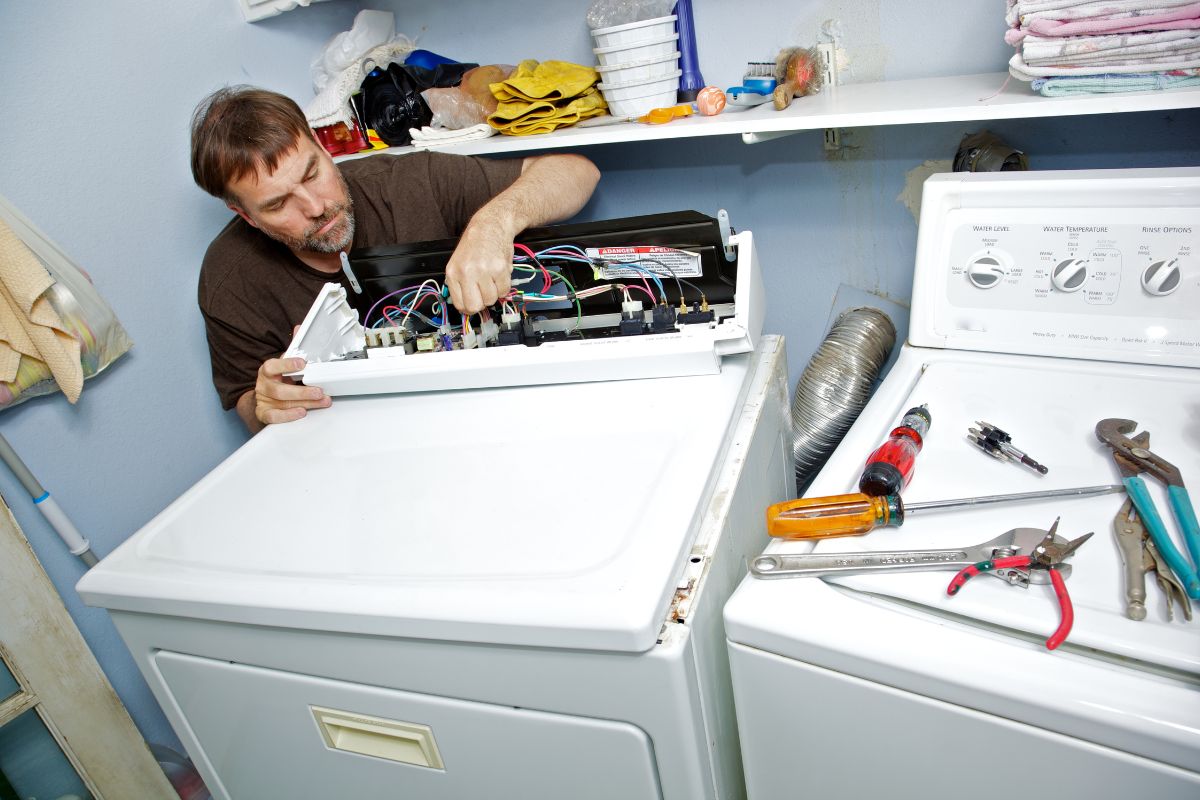 5. The Drum Doesn’t Spin
5. The Drum Doesn’t Spin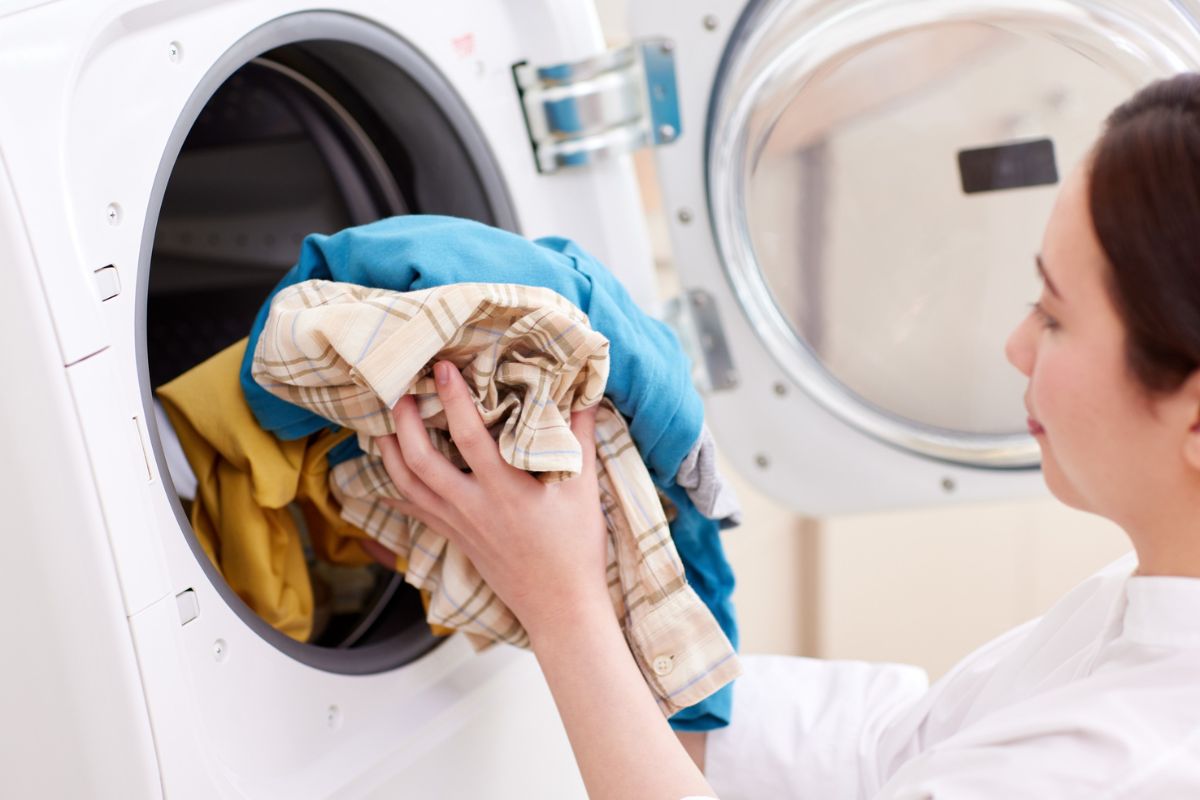 Bring Your Dryer Back to Life
Bring Your Dryer Back to Life
More Home Tips 👇🏼👇🏼